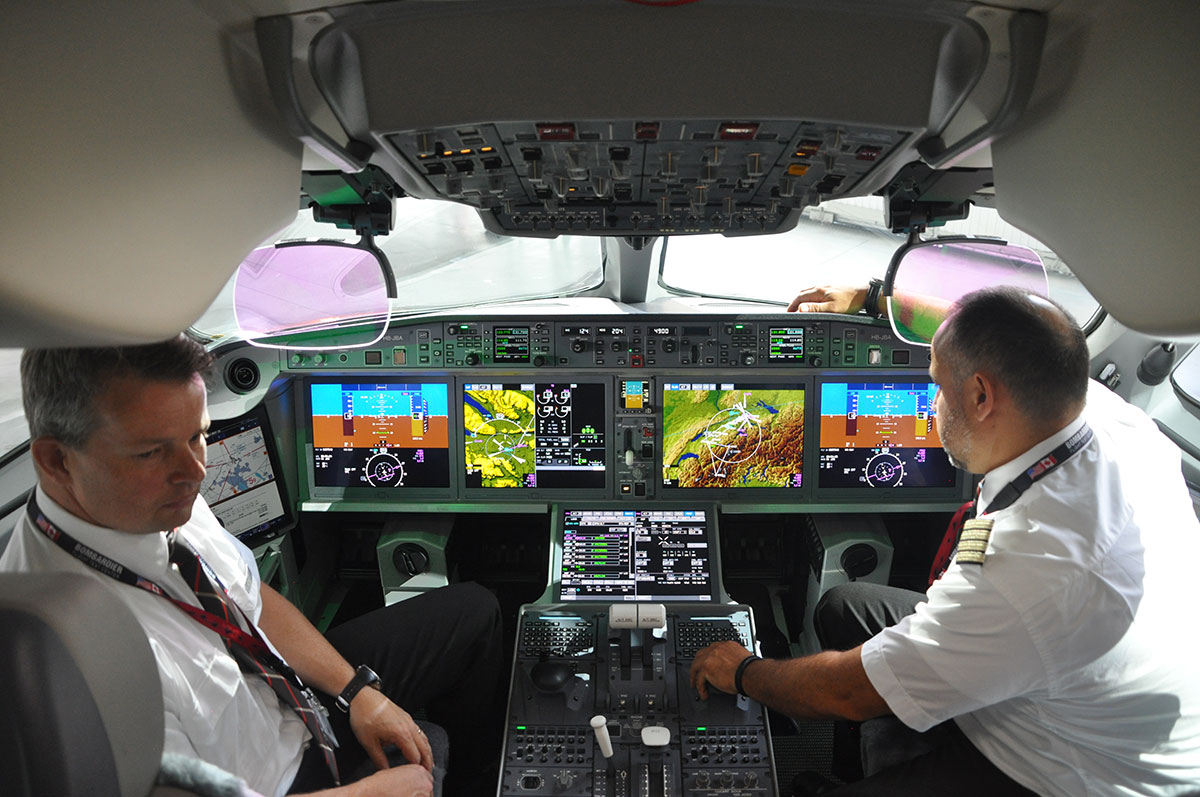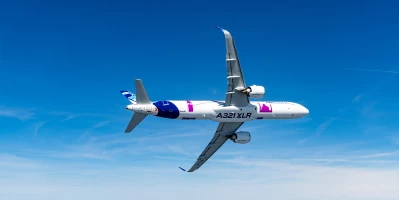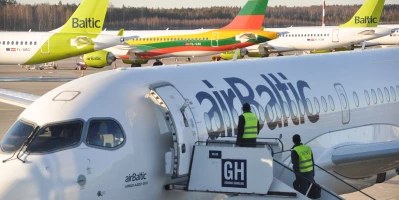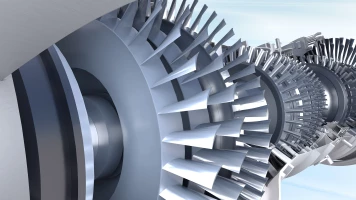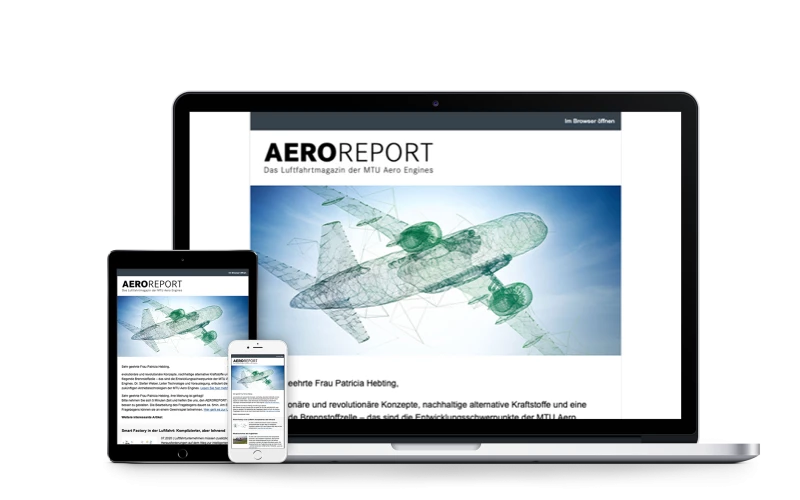From the outside, the first all-new passenger jet since decades looks fairly compact, almost like a regional jet. But anyone privileged enough to enter the cabin experiences a miracle of space. Something passengers know from the newest generation of long-haul aircraft like the Boeing 787 or the Airbus A350 is now also to be enjoyed on short and medium haul routes: Huge cabin windows, a full 50 percent bigger than on an Airbus A320. An immense standing height in the aisle of 2.11 meters, topped off by a comfortable seat arrangement in 2-3 configuration, with the middle seat even half an inch, 1.5 centimetres, wider than the other ones. All in all pure wide-body comfort, for the first time on European routes.
And then this performance: Already at start-up, the PW1500G PurePower geared turbofan engines, important parts of which were developed by MTU, are barely audible, with continuous low noise while they are accelerating. Even with full take-off thrust applied, one can talk to the seat neighbour in a normal voice. This kind of quietness is usually the domain of the giant A380. Seemingly effortless, the pilots let a fully loaded aircraft rise steep into the sky, making it an even better neighbour for residents near the airport. Thanks to this impressive thrust, the C Series can even take off from airports with short runways for long non-stop flights.
“With less seats, in an all Business-class layout, it could fly non-stop from London City Airport to the East Coast of North America,” says Peter Koch, the C Series chief pilot at Swiss. British Airways operates this route deploying an Airbus A318, but has to do a fuel stop westbound in Shannon. The Swiss are launch customers of the C Series and have firm orders for a total of 30 aircraft of the new Bombardier jet, a mix of the base version CS100, seating 125, and the stretched CS300, for 145 passengers. Until 2018, all are supposed to be delivered. Swiss CEO Thomas Klühr boasts: “This aircraft is lowering our unit costs by 2 percent, halving the perceived noise as well as the CO2 emission and creates 150 new jobs on top,” he said at the presentation of the new arrival. “Now, seven years after ordering and two billion US dollars later, we are seeing the results.” The first regular commercial flight will be LX638, leaving Zurich on Friday July 15 at 12.30pm to Paris-CDG. Air Baltic from Latvia will be first operator of the longer CS300 and will receive the first-ever delivery in September.
After Paris-CDG, Manchester, Prague and Budapest will be among the first destinations in the Swiss network seeing the CS100. While more aircraft are added, the currently operated Avro Jets will be replaced by July 2017. Already in August of this year, Warsaw and Brussels will become CS100-destinations, followed in September by Nice, Stuttgart, Hanover, Milan, Florence and Bucharest. “Florence is another tricky airport, with a short runway, surrounded by mountains,” according to Peter Koch. “But thanks to its engines, the C Series is perfectly suited for that,” the chief pilot enthuses.








